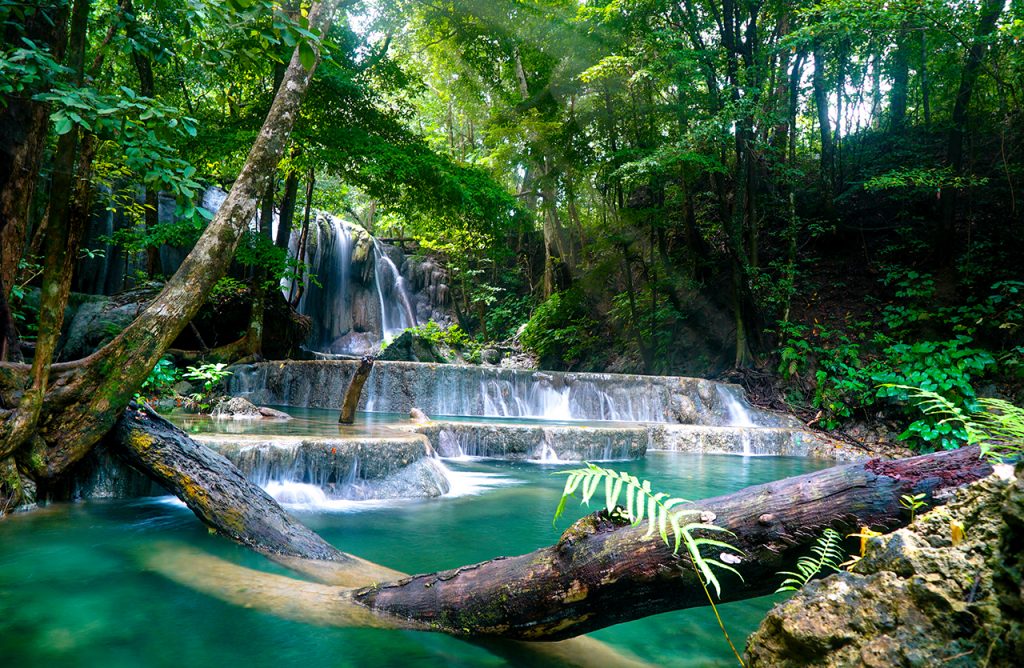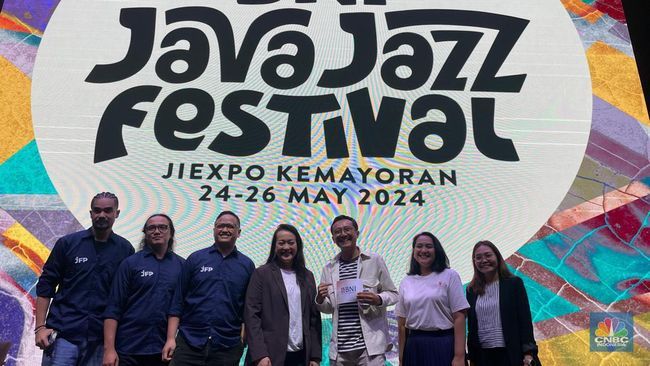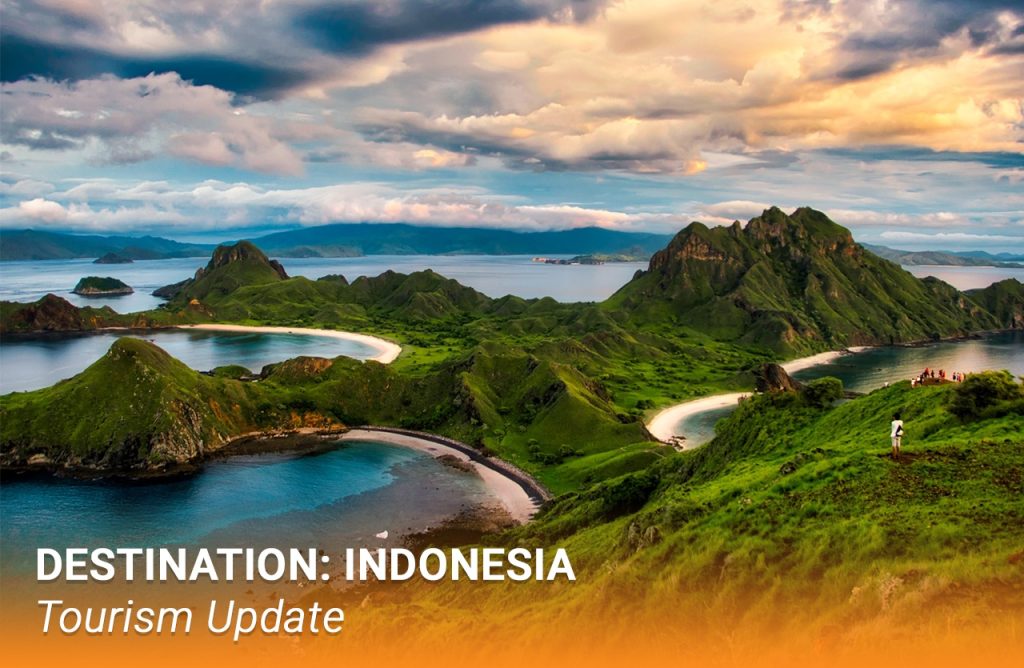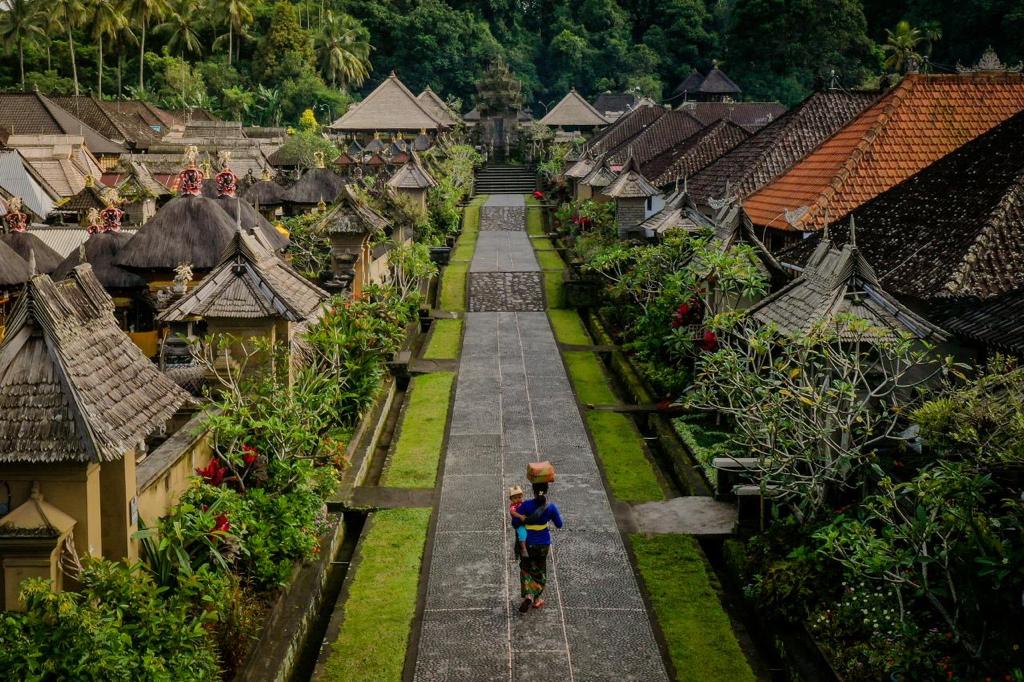
The Indonesian region of Samota in West Nusa Tenggara (NTB) has officially received UNESCO Biosphere status. Also known as the Minapolitan Zone, Samota comprises Saleh, Moyo and Tambora (the name ‘Samota’ is a composite of these three locations). The news from UNESCO was confirmed earlier this month at the 31st session of the Man and Biosphere Program International Coordinating Council, held in France.
“Samota was added to the UNESCO’s biosphere reserves list, making it the sixteenth biosphere reserve from Indonesia that has been recognized by the organization,†said NTB Deputy Governor Sitti Rohmi Djalilah, in an interview with The Jakarta Post yesterday (19/6). She also represented Indonesia during the meeting in France, alongside four other delegates.
Samota becomes the sixteenth UNESCO Biosphere Reserve in Indonesia and the second for NTB, the first being Mount Rinjani in Lombok. Najamuddin Amy, who is the NTB administration spokesman, has welcomed the news, stating that the pair of reserves will help conservation efforts in the area, as well as developing projects within local communities.
“Hopefully our two biosphere reserves can help NTB to achieve our sustainable development goals,†Najamuddin said in a statement.
There are currently 686 biosphere reserves around the world. UNESCO protection status in these regions has various benefits, particularly in safeguarding various animal and plant species. Moving forward, Najamuddin Amy is hoping to develop the reserve, galvanizing local, national and international support to ensure its protection.
“We need to involve various stakeholders in order to manage the biosphere reserve properly,†Najamuddin said, emphasizing that the local community’s involvement was a crucial part of managing the reserves in both Samota and Rinjani.
The Samota reserve covers an area of more than 6,000 hectares and is home to a range of wildlife, including breeding sites for endangered Maleo birds. In the Tambora area, Doro Bente is an inactive caldera on the coast, rising 80 metres above sea level, while nearby Saleh Bay plunges to depths of up to 200 metres and attracts a variety of marine wildlife, coral and fish species including migratory manta rays. The reserve is located right on the doorstep of Sumbawa, the next island in the chain after Bali and Lombok.
“Sumbawa Island is rich in favourite tourist destinations,†says Lalu Mohammad Faozal, who is the Head of NTB’s Tourism Office. He noted that the annual Pesora Tambora Festival, along with the area’s natural attractions such as beaches, savannah and Mata Jitu Waterfall in Moyo Island, make it a popular location for tourism.
UNESCO Biosphere Reserve status will help to regulate development and ensure that the natural wonders of Sumbawa, Saleh, Moyo and Tambora in West Nusa Tenggara will be preserved for generations of visitors to enjoy and admire.





